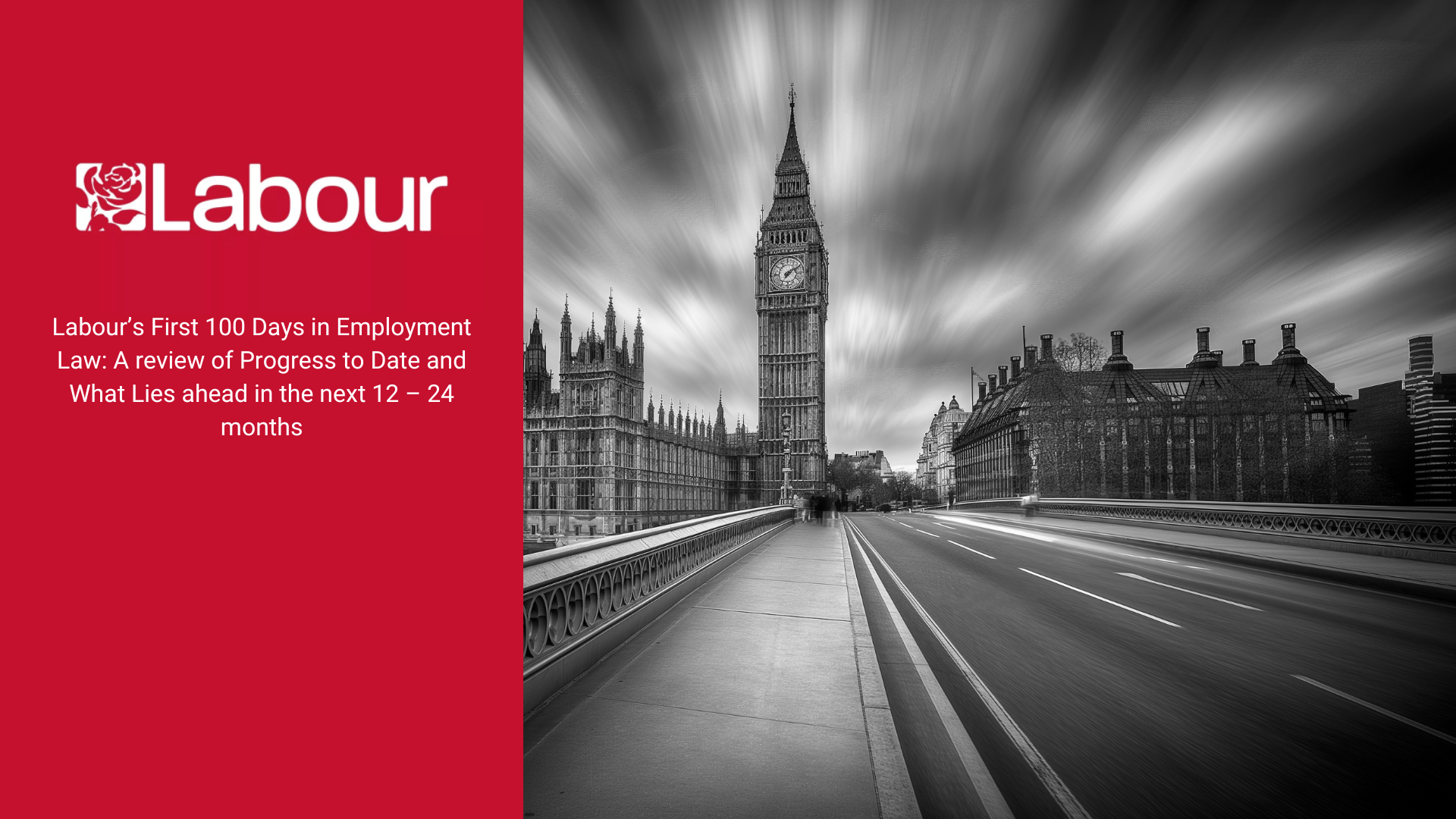Please note that we are unable to offer free legal advice. Our consultation team are here to take your case details and explain any costs involved.
Our team is ready to answer any questions
Book your consultation today
Are there correct selection criteria for redundancy?
When an employer is faced with a situation in which redundancies are inevitable, they need to consider and carefully agree the redundancy selection criteria they are going to apply.
What amounts to ‘fair criteria’ will depend on the circumstances and the size and nature of the business. Employers must ensure they are objective when deciding the criteria, and then apply them fairly and consistently.
In doing so, it is important to look at the wider picture. For example, will a criterion based on attendance or sickness inadvertently discriminate against employees who have had maternity leave, or employees with disabilities?
That said, the chosen criteria should consider the future viability of the business. The employer will need to retain employees with the required skills and experience. Consideration of fair redundancy criteria is a careful balancing act.
The importance of selection criteria
It is important to understand that redundancy is a form of dismissal and occurs when a business or employer must reduce their workforce. When initiated correctly, it is a fair reason for dismissal. However, it may be found to be unfair dismissal if unfair selection criteria are used, or where these are not applied properly.
Applying the selection criteria
First, a group or groups of employees must be chosen. They will form the ‘pool for selection’, from which those who will be made redundant will be selected. The selection criteria is applied to the pool. Those scoring worst against the selection criteria should be selected for redundancy.
Sometimes it is not necessary to apply selection criteria. This will usually only be the case where the pool for selection is one individual, and they are the only person in a selected role.
Employee consultation
Proper consultation between employers and employees is also an essential part of fair redundancy selection. If there is a trade union, the employer should meet with the union to agree the criteria.
In the absence of a trade union, employers should consult and try to agree the criteria in advance of the redundancy procedure with managers and employees.
Redundancy selection procedure
Employers and employees should check whether they have any written agreement about the redundancy selection criteria in place already. If there is, this procedure should be followed.
What should the selection criteria be?
Employers should try to keep the selection criteria as measurable and objective as possible. Ideally, employers will be able to provide evidence to back up their scores.
It is a good idea to produce a matrix, allowing a score to be given against each criterion. Different weightings can be applied to the criteria, according to their importance.
Selection criteria may include the following:
- Quantity of work
- Quality of work
- Skills and qualifications
- Training received
- Timekeeping
- Future potential
- Absence record
- Disciplinary record
Bear in mind that this is only one possible approach. The importance of of criteria will vary between businesses. The key will be an objective and evidence-based approach wherever possible.
Parental or maternity-related absence
If an employer is taking an employee’s absence record into account, they should disregard any period of absence related to maternity leave, childbirth, or pregnancy-related illness. Selection on these grounds may amount to discrimination. It may also be automatically unfair. This will also count for any care leave for dependants, adoption leave, paternity leave, shared parental leave, etc.
There are several circumstances in which redundancy selection criteria will be automatically unfair. These include when redundancy is based on:
- pregnancy, maternity, or paternity issues
- an employee being involved with a trade union
- age, disability, gender reassignment, marriage and civil partnership, religion or belief, sex or sexual orientation
- whistle-blowing, including about health and safety issues
- certain allegations of claims they have made.
Voluntary redundancy
Employees may volunteer for redundancy although that doesn’t mean the employer has to accept that individual for redundancy. However, employers must be careful about offering voluntary redundancy to specific groups, such as those nearly at retirement age. This may amount to age discrimination.
Any period of economic instability is going to be difficult for employers and employees alike. Careful and early planning will be essential for employers to ensure they act lawfully and fairly.
If you are facing a redundancy situation, please get in touch with our experienced team of employment solicitors for expert advice.









Get in touch
To speak to a qualified employment solicitor at Springhouse Solicitors, fill in the form
below or call 0800 915 7777.
Please note that we are unable to offer free legal advice. Our consultation team are here to take your case details and explain any costs involved.
Contact Us
Address:
Holborn Gate, 330 High Holborn, London, WC1V 7QH
Tel: 0800 915 7777
E-mail: hello@kilgannonlaw.co.uk
Keep Up To Date
Join our newsletter and find out more
Contact Us
Thank you for subscribing. We will keep you updated with all the latest news from Springhouse Solicitors.
Please try again later
Socials and Legal
Copyright: Kilgannon & Partners LLP


